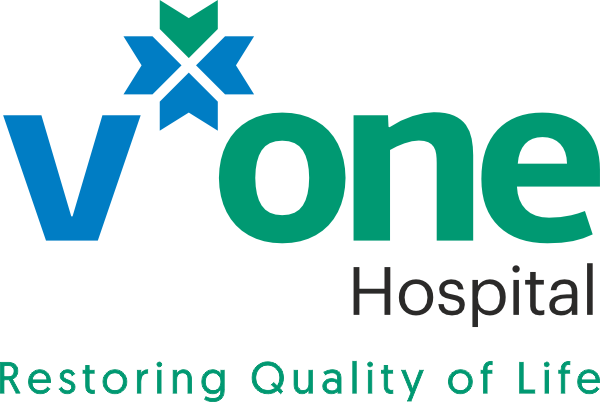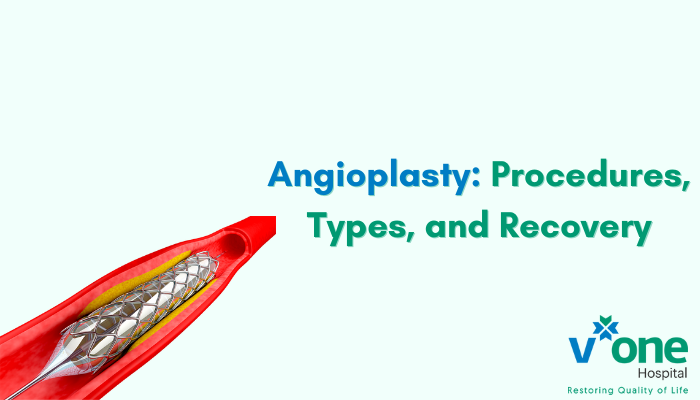Understanding Angioplasty: Procedures, Types, and Recovery
When it comes to heart health, knowledge is empowerment. In this exploration, we demystify angioplasty—what happens during the procedure, its various types, and the journey of recovery. Join us on this informative journey to gain insights into a common cardiac intervention that plays a crucial role in restoring blood flow to the heart.
Unveiling the Heart’s Pathway
The heart, the rhythmic conductor of our life, sometimes faces challenges. Angioplasty emerges as a solution, addressing issues like blocked arteries that impede blood flow. Let’s delve into the intricacies of this procedure, breaking down the what, how, and why.
What is Angioplasty?
Angioplasty, a minimally invasive procedure, aims to widen narrowed or blocked arteries. During the process, a small balloon is inflated within the artery to clear the blockage, allowing improved blood flow. This simple yet impactful intervention holds the potential to alleviate chest pain (angina) and enhance overall heart function.
Understanding the Procedure
Step 1: Catheter Insertion
A thin, flexible tube (catheter) is threaded through a blood vessel, usually from the groin or wrist, up to the affected coronary artery.
Step 2: Imaging Guidance
Special dye and X-ray imaging help visualize the blockage and guide the catheter to the precise location.
Step 3: Balloon Inflation
The balloon at the tip of the catheter is inflated, compressing the plaque against the artery walls, widening the passage.
Step 4: Stent Placement (if needed)
In many cases, a stent—a small mesh tube—is inserted to keep the artery open. This acts as a scaffold, preventing future blockages.
Step 5: Completion
Once the artery is successfully widened, the catheter is withdrawn, and the procedure concludes.
Types of Angioplasty: Tailoring the Approach
1. Balloon Angioplasty
The basic form involves using a balloon to widen the artery, but it may lack long-term efficacy.
2. Stent Placement
Stents, whether bare-metal or drug-eluting, provide structural support to the artery, reducing the risk of re-narrowing.
3. Rotational Atherectomy
In cases of calcified plaque, a tiny rotating burr shaves off the hardened material, facilitating balloon expansion.
4. Cutting Balloon Angioplasty
This innovative approach involves a balloon with small blades that score the plaque, making it more amenable to dilation.
Recovery After Angioplasty: Nurturing the Healing Heart
The journey post-angioplasty is a crucial phase in ensuring a smooth recovery and preventing future cardiac issues. Understanding what to expect during this period is vital.
Immediate Post-Procedure
Patients are usually monitored for a few hours post-angioplasty. Vital signs are observed, and any potential complications are addressed promptly.
Hospital Stay
While many patients can return home the same day, some might need an overnight stay for closer observation.
Resuming Activities
Gradual resumption of daily activities is advised. Most individuals can return to work within a week, but strenuous activities may need a more extended hiatus.
Medications
Prescription medications, including antiplatelet drugs, are often recommended to prevent blood clots and reduce the risk of re-narrowing.
Lifestyle Changes
Adopting heart-healthy habits, such as a balanced diet, regular exercise, and smoking cessation, becomes pivotal in maintaining cardiovascular well-being.
Complications and Follow-up Care
While angioplasty is generally safe, understanding potential complications and adhering to follow-up care is integral.
Complications
Though rare, complications may include bleeding at the catheter insertion site, blood vessel damage, or allergic reactions to the dye used.
Follow-up Appointments
Regular check-ups with the heart specialist in Indore are essential to monitor heart health, assess the stent’s effectiveness, and make any necessary adjustments to the treatment plan.
Lifestyle Modification Support
Engaging in cardiac rehabilitation programs and seeking support for lifestyle changes further strengthens the foundation for a heart-healthy life.
Conclusion
Angioplasty is not just a medical procedure; it’s a fresh start for your heart—a chance to restore vitality and reclaim a life unhindered by arterial blockages. As medical science advances, understanding the nuances of angioplasty empowers individuals to actively participate in their heart health journey. From the procedural intricacies to the phases of recovery, the road ahead is paved with knowledge and the promise of a healthier, stronger heart.

